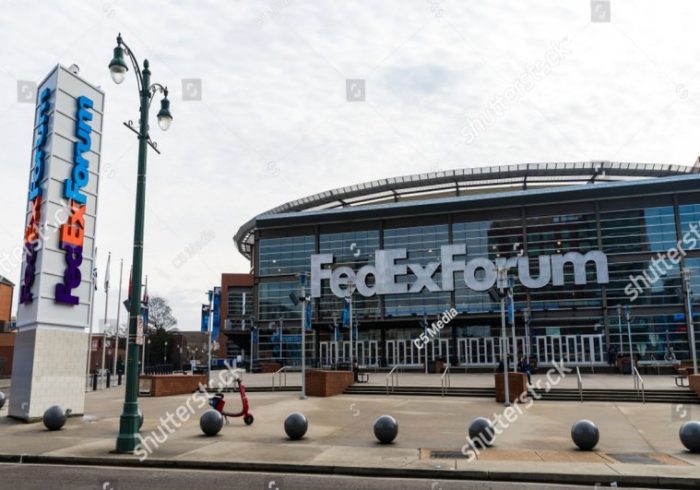
London Mayor Sadiq Khan is being urged to ban gambling advertising on Transport for London. [Image: Shutterstock.com]
Promises not kept
There are calls to ban “harmful gambling advertising” on Transport for London (TfL) as the problem of gambling in the UK grows.
During his 2021 election campaign, London Mayor Sadiq Khan promised to instruct TfL to “come forward with plans to extend the ban on harmful gambling advertising on the network”.
Wild West with betting providers”
But two years later, politicians at a committee meeting in London’s Parliament on Wednesday called on Khan to keep his promise. Harj Gahley, a consultant at gambling support organization Red Card, said: “It seems to be a Wild West with betting providers.” One of [the solutions] stop it at TfL.”
Instead of imposing a blanket ban, Khan intends to ban gambling advertising deemed harmful. Yet, according to Green Party leader Caroline Russell, Khan’s government is “dancing on the head of a needle” over what has been described as “harmful” gambling.
Define harmful gambling
Dr. Tom Coffey, Khan’s senior health policy adviser, was asked during the meeting why the mayor had not yet followed through on his promise.
Coffey said without a government definition of harmful gambling, the mayor’s office risked targeting potentially less harmful forms of gambling such as the UK’s National Lottery.
a form of social engagement”
For many people in the UK, gambling is “a form of social engagement and participation that they enjoy,” Coffey said.
Britain’s problem gambling
Calls for a ban on gambling advertising in the UK come as problem gambling rates in the country could be significantly higher than the previous estimate of 0.3 percent. A new study published by the UK Gambling Commission (UKGC) has revealed that gambling rates in the UK could be eight times higher than previously thought.
In February 2022, the regulator estimated the number of people with gambling problems at just 0.3 percent of adults. That number has since been revised to 2.5 percent, which equates to about 1.3 million adults at risk.
According to the Betting & Gaming Council (BGC), the figures were experimental and stated that they were still “under evaluation”.




